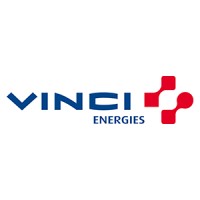
VINCI Energies
In a world undergoing constant change, VINCI Energies contributes to the environmental transition by helping bring about major trends in the digital landscape and energy sector. VINCI Energies’ teams roll out technologies and integrate customised multi-technical solutions, from design to implementation, operation and maintenance. With their strong local roots and agile and innovative structure, VINCI Energies’ 2000 business units have positioned themselves at the heart of the energy choices of their customers, boosting the reliability, efficiency and sustainability of their infrastructure and processes. VINCI Energies strives for global performance, caring for the planet, useful to people and committed to local communities. 2023 : €19.3 billion // 97,000 employees // 2000 Business Units // 61 countries






